

| Home page - Minerals | Friends of Minerals Forum | Feedback Form | Search |
|
| Back to the Index of the Reference Specimens |
Photos by Fabre Minerals. Under Creative Commons license
This page provides a selection of the specimens that have passed through the Fabre Minerals website and, due to their quality,
rarity, or significance as specimens from interesting locations, have been preserved as reference specimens in #MVM
| Mexico |
| Sulphur | |||||||||
|---|---|---|---|---|---|---|---|---|---|
|
|
||||||||
| Cumengeite epitaxial on Boleite | |||||||||
|---|---|---|---|---|---|---|---|---|---|
|
| ||||||||
| Cumengeite | |||||||||
|---|---|---|---|---|---|---|---|---|---|
|
|
||||||||
| Cumengeite | |||||||||
|---|---|---|---|---|---|---|---|---|---|
|
| ||||||||
| Boleite | |||||||||
|---|---|---|---|---|---|---|---|---|---|
|
|
||||||||
| Boleite | ||||||||
|---|---|---|---|---|---|---|---|---|
|
| |||||||
| Boleite with Paratacamite and Gypsum | |||||||||
|---|---|---|---|---|---|---|---|---|---|
|
|
||||||||
| Boleite with Quartz, Gypsum and Brochantite | |||||||||
|---|---|---|---|---|---|---|---|---|---|
|
| ||||||||
| Boleite and Pseudoboleite | |||||||||
|---|---|---|---|---|---|---|---|---|---|
|
|
||||||||
| Boleite | |||||||||
|---|---|---|---|---|---|---|---|---|---|
|
| ||||||||
| Chrysocolla after Boleite | |||||
|---|---|---|---|---|---|
| 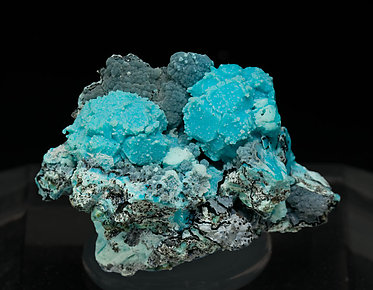 |
||||
| Chrysocolla after Boleite | |||||
|---|---|---|---|---|---|
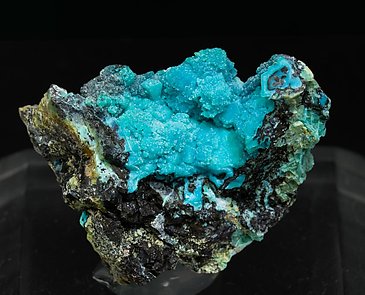 |
| ||||
| Chrysocolla after Boleite | |||||
|---|---|---|---|---|---|
| 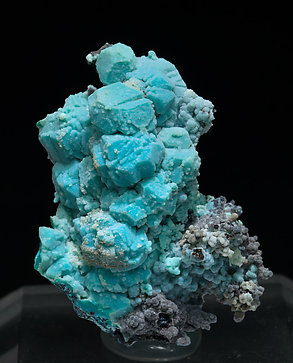 |
||||
| Chrysocolla after Boleite | |||||||||
|---|---|---|---|---|---|---|---|---|---|
|
| ||||||||
| Chrysocolla after Boleite | |||||||||
|---|---|---|---|---|---|---|---|---|---|
|
|
||||||||
| Wulfenite | |||||||||
|---|---|---|---|---|---|---|---|---|---|
|
| ||||||||
| Wulfenite | |||||
|---|---|---|---|---|---|
| 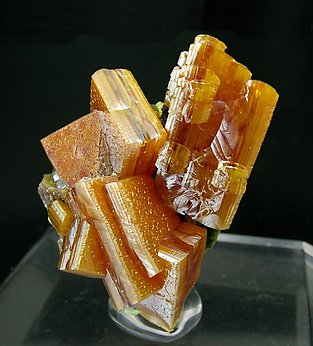 |
||||
| Wulfenite with As rich Vanadinite and Calcite | |||||||||
|---|---|---|---|---|---|---|---|---|---|
|
| ||||||||
| Wulfenite with Calcite | |||||||||
|---|---|---|---|---|---|---|---|---|---|
|
|
||||||||
| Wulfenite with Mimetite-Pyromorphite (solid solution) | |||||||||
|---|---|---|---|---|---|---|---|---|---|
|
| ||||||||
| Wulfenite on Calcite | |||||||||
|---|---|---|---|---|---|---|---|---|---|
|
|
||||||||
| Wulfenite with Vanadinite (variety endlichite) | |||||||||
|---|---|---|---|---|---|---|---|---|---|
|
| ||||||||
| Wulfenite with Willemite | |||||||||
|---|---|---|---|---|---|---|---|---|---|
|
|
||||||||
| Wulfenite with Willemite | |||||||||
|---|---|---|---|---|---|---|---|---|---|
|
| ||||||||
| Wulfenite with Calcite | |||||||||
|---|---|---|---|---|---|---|---|---|---|
|
|
||||||||
| Wulfenite | |||||||||
|---|---|---|---|---|---|---|---|---|---|
|
| ||||||||
| Arsenic-bearing Vanadinite (variety endlichite) | |||||||||
|---|---|---|---|---|---|---|---|---|---|
|
|
||||||||
| Calcite with Pyrite | |||||||||
|---|---|---|---|---|---|---|---|---|---|
|
| ||||||||
| Calcite with Galena and Pyrite | |||||
|---|---|---|---|---|---|
| 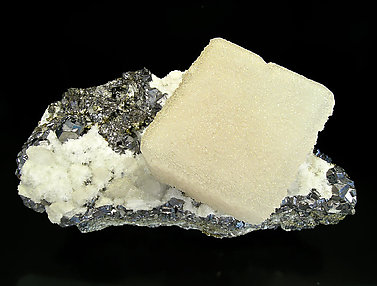 |
||||
| Fluorite with Pyrite, Dolomite and Calcite | ||||||||
|---|---|---|---|---|---|---|---|---|
|
| |||||||
| Fluorite with Galena and Calcite | |||||||||
|---|---|---|---|---|---|---|---|---|---|
|
|
||||||||
| Quartz (variety amethyst) with Fluorite | |||||||||
|---|---|---|---|---|---|---|---|---|---|
|
| ||||||||
| Sphalerite with Galena and Fluorite | |||||||||
|---|---|---|---|---|---|---|---|---|---|
|
|
||||||||
| Arsenopyrite | |||||||||
|---|---|---|---|---|---|---|---|---|---|
|
| ||||||||
| Calcite | |||||||||
|---|---|---|---|---|---|---|---|---|---|
|
|
||||||||
| Calcite | |||||||||
|---|---|---|---|---|---|---|---|---|---|
|
| ||||||||
| Calcite with Hematite inclusions | |||||||||
|---|---|---|---|---|---|---|---|---|---|
|
|
||||||||
| Cinnabar with Quartz and Calcite | |||||||||
|---|---|---|---|---|---|---|---|---|---|
|
| ||||||||
| Cinnabar with Quartz and Calcite | |||||||||
|---|---|---|---|---|---|---|---|---|---|
|
|
||||||||
| Cinnabar with Gypsum, Quartz and Calcite | |||||||||
|---|---|---|---|---|---|---|---|---|---|
|
| ||||||||
| Cinnabar with Gypsum, Quartz and Calcite | |||||||||
|---|---|---|---|---|---|---|---|---|---|
|
|
||||||||
| Cinnabar with Quartz, Calcite and Gypsum | ||||||||
|---|---|---|---|---|---|---|---|---|
|
| |||||||
| Creedite | |||||||||
|---|---|---|---|---|---|---|---|---|---|
|
|
||||||||
| Creedite | |||||||||
|---|---|---|---|---|---|---|---|---|---|
|
| ||||||||
| Octahedral Fluorite with Calcite | |||||
|---|---|---|---|---|---|
| 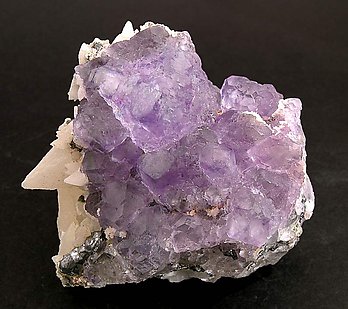 |
||||
| Fluorite | |||||||||
|---|---|---|---|---|---|---|---|---|---|
|
| ||||||||
| Hemimorphite | |||||
|---|---|---|---|---|---|
| 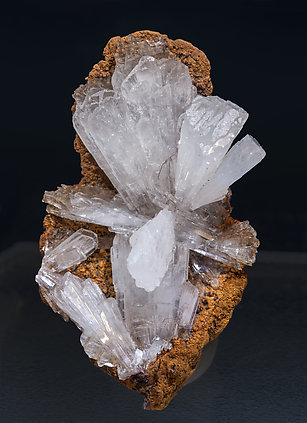 |
||||
| Hemimorphite | |||||||||
|---|---|---|---|---|---|---|---|---|---|
|
| ||||||||
| Mimetite with Goethite | |||||||||
|---|---|---|---|---|---|---|---|---|---|
|
|
||||||||
| Mimetite | |||||||||
|---|---|---|---|---|---|---|---|---|---|
|
| ||||||||
| Pyrite after Pyrrhotite with Sphalerite | |||||||||
|---|---|---|---|---|---|---|---|---|---|
|
|
||||||||
| Pyrrhotite with Sphalerite | |||||||||
|---|---|---|---|---|---|---|---|---|---|
|
| ||||||||
| Rhodochrosite | |||||||||
|---|---|---|---|---|---|---|---|---|---|
|
|
||||||||
| Rhodochrosite with Pyrrhotite and Galena | |||||
|---|---|---|---|---|---|
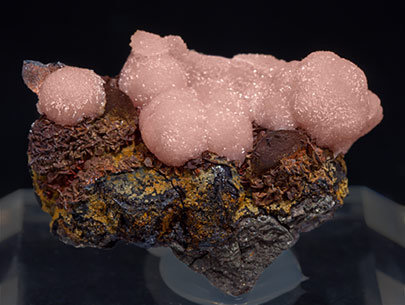 |
| ||||
| Rhodochrosite with Pyrrhotite and Galena | |||||
|---|---|---|---|---|---|
| 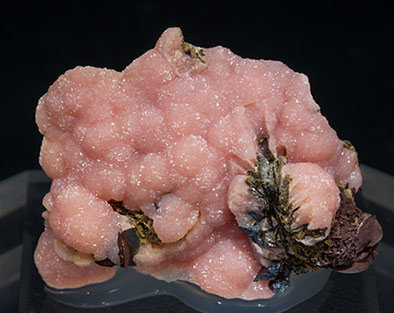 |
||||
| Rhodochrosite with Pyrrhotite and Galena | |||||
|---|---|---|---|---|---|
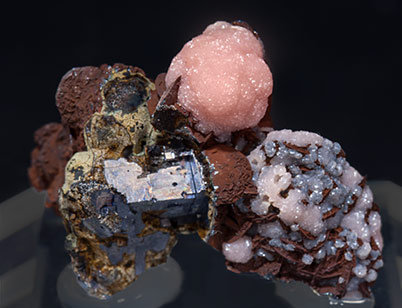 |
| ||||
| Rhodochrosite with Pyrrhotite and Galena | |||||||||
|---|---|---|---|---|---|---|---|---|---|
|
|
||||||||
| Rhodochrosite on Hisingerite | |||||||||
|---|---|---|---|---|---|---|---|---|---|
|
| ||||||||
| Rhodochrosite with Hisingerite-Neotocite (Series) | |||||||||
|---|---|---|---|---|---|---|---|---|---|
|
|
||||||||
| Rhodochrosite with Quartz | |||||
|---|---|---|---|---|---|
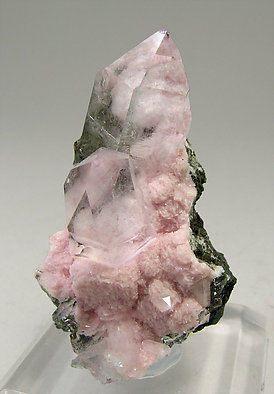 |
| ||||
| Rhodochrosite | |||||||||
|---|---|---|---|---|---|---|---|---|---|
|
|
||||||||
| Smithsonite | |||||||||
|---|---|---|---|---|---|---|---|---|---|
|
| ||||||||
| Rhodochrosite with Ilvaite | |||||||||
|---|---|---|---|---|---|---|---|---|---|
|
|
||||||||
| Smithsonite | |||||||||
|---|---|---|---|---|---|---|---|---|---|
|
| ||||||||
| Smithsonite | |||||||||
|---|---|---|---|---|---|---|---|---|---|
|
|
||||||||
| Smithsonite pseudo Calcite with Calcite | |||||
|---|---|---|---|---|---|
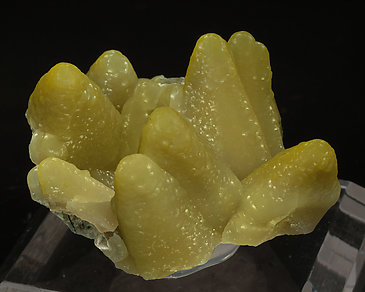 |
| ||||
| Smithsonite pseudo Calcite with Calcite | |||||
|---|---|---|---|---|---|
| 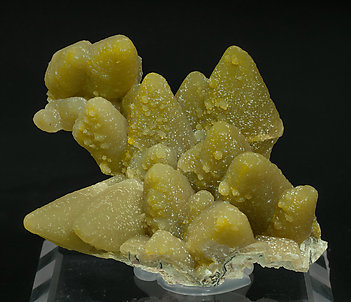 |
||||
| Smithsonite pseudo Calcite on Calcite | |||||
|---|---|---|---|---|---|
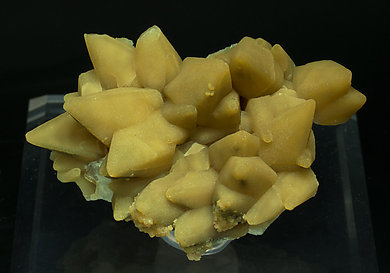 |
| ||||
| Smithsonite after Calcite with Calcite | |||||||||
|---|---|---|---|---|---|---|---|---|---|
|
|
||||||||
| Smithsonite pseudo Calcite on Calcite | |||||||||
|---|---|---|---|---|---|---|---|---|---|
|
| ||||||||
| Vanadinite | |||||
|---|---|---|---|---|---|
| 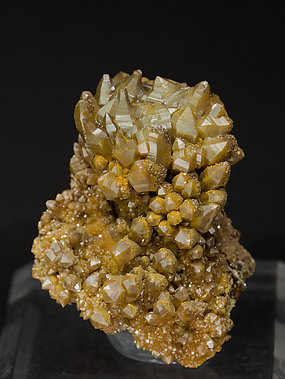 |
||||
| Vanadinite with Gypsum | |||||||||
|---|---|---|---|---|---|---|---|---|---|
|
| ||||||||

| Previous Page |
|||||||||||||||||||||||||||
|
|||||||||||||||||||||||||||
|
|||||||||||||||||||||||||||